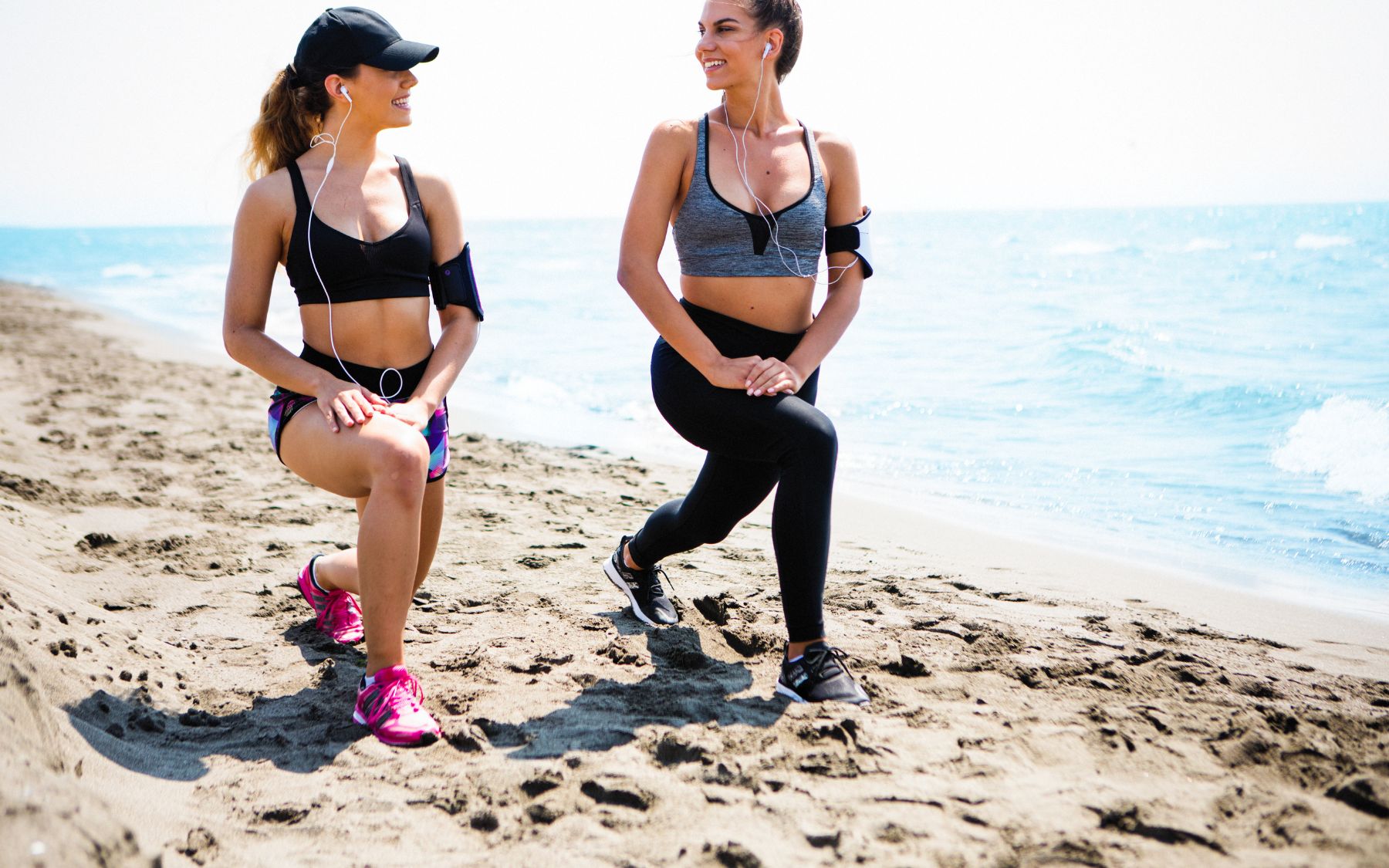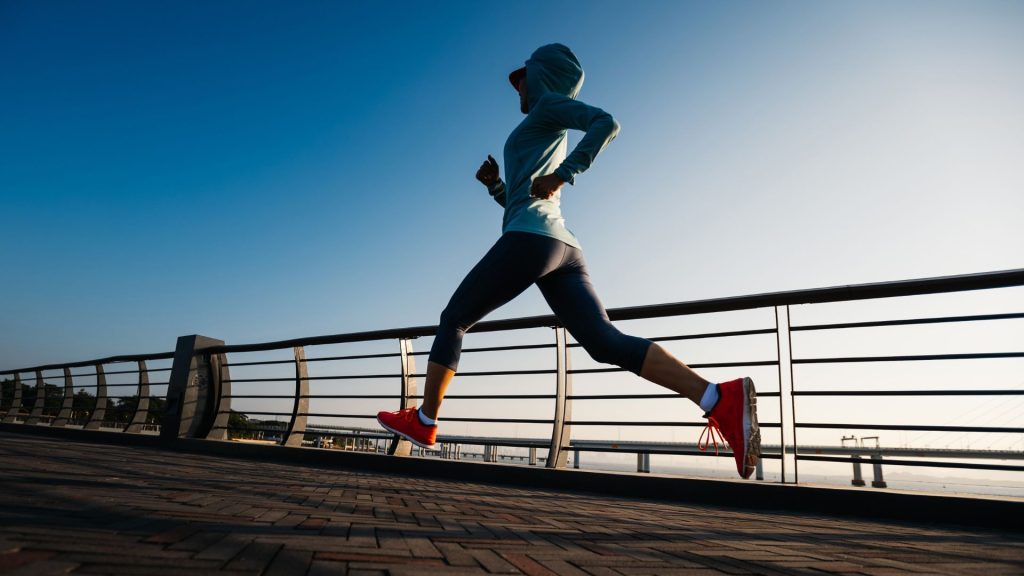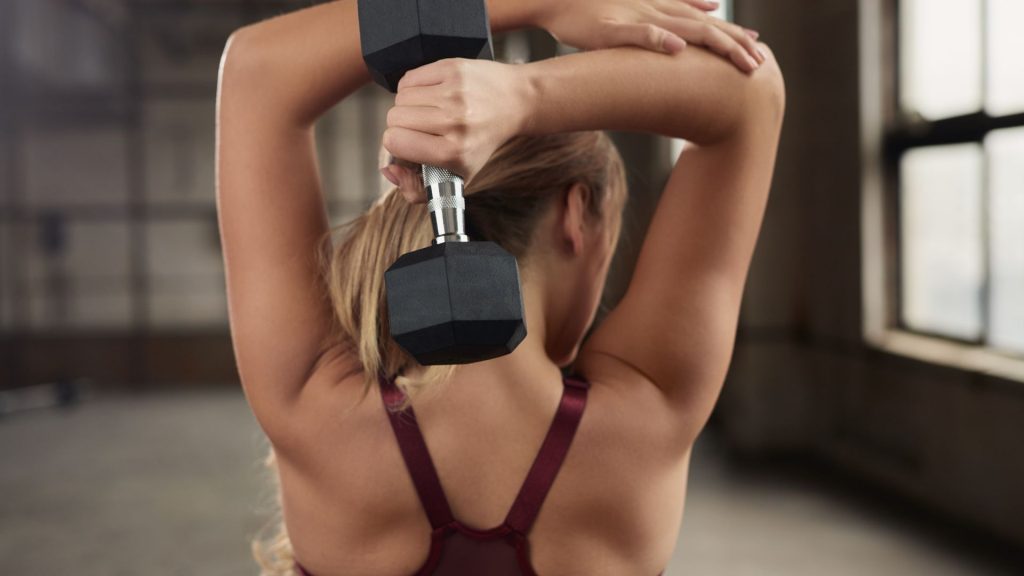
How to Exercise Safely in the Summer Heat
Exercising in the summer can be both enjoyable and challenging. While warm weather provides the perfect opportunity for outdoor workouts, excessive heat and humidity can increase the risk of dehydration, heat exhaustion and even heatstroke. To stay safe while sticking to your fitness routine, it’s important to take the right precautions. Here are some of my essential tips for exercising safely in the summer heat.
Choose the Right Time of Day
The hottest part of the day is usually between 10 am and 4 pm, so try to schedule your workouts early in the morning or later in the evening when temperatures are cooler. These times not only reduce the risk of heat-related illnesses but also provide a more comfortable and enjoyable workout environment.
Stay Hydrated
Dehydration can set in quickly when exercising in the heat, leading to dizziness, fatigue and muscle cramps. To stay hydrated:
- Drink water before, during, and after your workout.
- If you’re exercising for longer than 60 minutes, consider drinking an electrolyte-rich sports drink to replenish lost minerals.
- Avoid excessive caffeine and alcohol, as they can contribute to dehydration.
Wear Lightweight and Breathable Clothing
Choose moisture-wicking, light-coloured and loose-fitting clothing to help your body stay cool. Dark colours absorb heat, making you feel hotter, while synthetic fabrics can wick sweat away from your skin and enhance breathability.
Use Sun Protection
Sunburn not only damages your skin but also makes it harder for your body to regulate temperature. Protect yourself by:
- Wearing a hat and sunglasses.
- Applying sunscreen (SPF 30 or higher) 30 minutes before going outside and reapplying as needed.
- Try to find a shady spot for your outdoor workout.
Adjust Your Workout Intensity
Heat and humidity put extra strain on your body, so it’s important to listen to how you feel and adjust your intensity accordingly. Reduce your workout duration, slow your pace or take a longer rest period as needed. Your body needs time to acclimate to hotter temperatures, so gradually increasing your outdoor workout intensity can help prevent overheating.
Recognise the Signs of Heat-Related Illness
Be aware of symptoms that indicate you may be experiencing heat exhaustion or heatstroke. Watch out for:
- Dizziness or light headedness
- Excessive sweating or lack of sweating
- Muscle cramps
- Nausea or vomiting
- Rapid heartbeat
If you experience any of these symptoms, stop exercising immediately, move to a cooler place, and hydrate. If symptoms persist or worsen, seek medical attention.
Modify Your Workout Location
If outdoor workouts become too intense due to the heat, consider switching to indoor activities. Try a swim or head back inside for the workout with fans or air conditioning if the heat is too much.
Summer workouts can be invigorating and fun, but they require extra care to ensure safety. By choosing the right time of day, staying hydrated, wearing the appropriate clothing and listening to your body, you can enjoy exercising while avoiding heat-related risks. Stay smart, stay cool and make the most of your summer fitness routine!
As always, any questions please do get in touch.
Caroline x



